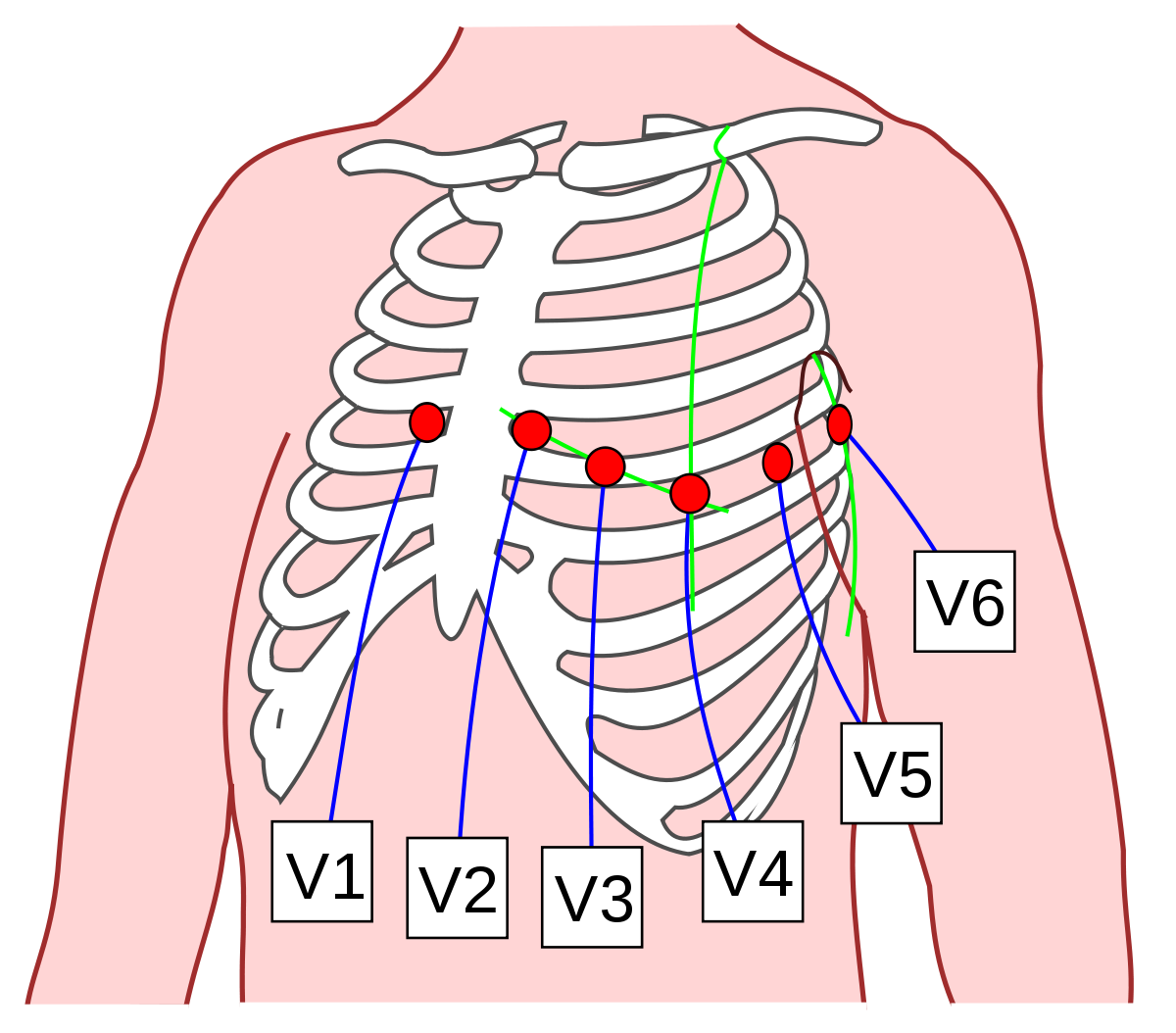Capillaries: The Microscopic Gas/Nutrient Exchange Sites
Whenever we hear the phrase "blood vessels", we always think of arteries and how they distribute blood to cells and tissues. However, we hardly think about the billions of microscopic capillaries, the real vessels that supply cells and tissues with blood and nutrients. It is no doubt that arteries branch into arterioles and capillaries, but it is mainly through capillary walls that gases, nutrients, and metabolic wastes diffuse. The tiniest blood vessels, capillaries have a diameter ranging from .008 to .01 mm, roughly 1/1000 the diameter of arteries and 1/18th the diameter of a strand of hair.
Capillaries lack a both a tunica adventitia and tunica media, and consist of a tunica intima so small in diameter that they can fit only one red blood cell at a time, forcing the RBCs to move in a single file. Although capillaries are found in most tissues, some tissues lack these vessels. For instance, the cornea of the eye does not contain many capillaries. It acquires oxygen and nutrients from the aqueous humor, a clear fluid present in the anterior cavity of the eye (between the lens and cornea). Tendons, ligaments, and cartilage are not richly vascularized and receive a supply of oxygen and nutrients from surrounding tissues.
The basement membrane of some capillaries consists of pericytes, spider-shaped cells that support endothelial cells, regulate blood flow through capillaries, and control the permeability of capillary walls. Pericytes contain long, slender, spine-like processes that extend onto different endothelial cells, enabling them to communicate.
Figure 2: Pericyte attached to the basement membrane of an endothelial cell
There are many types of capillaries with unique structural features that enhance their function based on the organ that they serve. Capillaries are classified into three major types based on their permeability and location in the body: Continuous, fenestrated, and sinusoidal.
Continuous Capillaries
Continuous capillaries are the most common type of capillary. They consist of tight junctions, in which the membranes of adjacent cells are tightly fused, preventing the passage of large molecules. This is why continuous capillaries are the least permeable. Although most endothelial cells are tightly fused, there is a small gap between some cells; this gap is called an intercellular cleft. Solutes, ions, and nutrients that are very small are able to pass through the intercellular cleft. Continuous capillaries are found in the brain, skin, and skeletal muscles. However, the capillaries found in the brain lack intercellular clefts and their endothelial cells are joined solely by tight junctions. This forms the blood-brain barrier, which protects the brain and spinal cord from harmful substances. Examples of materials that can pass through the walls of continuous capillaries are glucose, water, certain hormones, and gases.
Fenestrated Capillaries
Fenestrated capillaries are slightly more permeable than continuous capillaries. Like continuous capillaries, the endothelial cells of fenestrated capillaries are joined by tight junctions and intercellular clefts. In addition, they contain fenestrations, which are small circular pores that create holes in the endothelial cells. Although they are covered by a thin membrane known as the basal lamina, fenestrations allow for filtration and diffusion of substances. This is why fenestrated capillaries are prominent in the digestive tract, kidneys (where metabolic wastes such as urea and salts must be filtered from the blood), endocrine glands (where hormones must enter the bloodstream), and synovial joints (where water moves from the bloodstream to the synovial fluid to minimize friction and allow for easy movement of a joint).
Sinusoidal Capillaries
Sinusoidal capillaries are the most permeable type of capillaries. They contain big, irregularly shaped fenestrations that make the capillary wall extremely leaky. Unlike continuous and fenestrated capillaries, sinusoidal capillaries have few tight junctions. Instead, they have many wide intercellular clefts that allow for the passage of large substances. The basal lamina does not cover all fenestrations on the endothelial cells of sinusoidal capillaries, enhancing the capillary wall's permeability. Sinusoidal capillaries are found in organs where large molecules must diffuse between the capillary wall and interstitial fluid. Because the endothelial cells are loosely connected, the lumen is wider, which is why blood flows through the lumen at a relatively lower rate than that of continuous and fenestrated capillaries. This is beneficial for filtration of blood; as blood moves slowly, the liver and spleen can thoroughly remove worn out red blood cells or foreign substances from the blood. Some sinusoidal capillaries in the liver contain hepatic macrophages, also known as Kupffer cells, surrounding their endothelial cells which aid in blood filtration. The fenestrations and large intercellular clefts enable phagocytes in the spleen to extend their pseudopods inside the capillary, which enhances their ability to phagocytosize substances that the body does not deem necessary.
Image References:
"Blood Vessels." Antranik, antranik.org/blood-vessels/
Rao, Llewelyn J. et al. "Neovascular AMD: Treatment Beyond Anti-VEGF." Retinal Physician, retinalphysician.com.
"3 Types of Capillaries (Plus Interesting Facts)." Nayturr, nayturr.com/types-of-capillaries/








Comments
Post a Comment